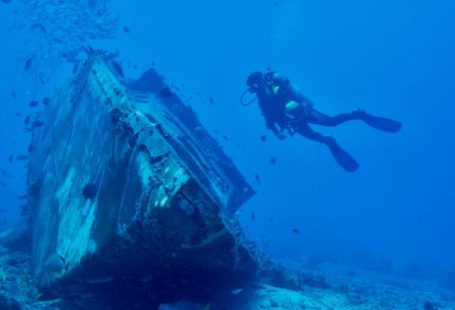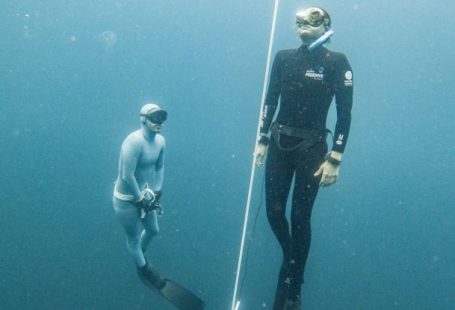Diving is an exhilarating activity that allows individuals to explore the underwater world and experience the beauty of marine life up close. However, behind the thrill and adventure of diving lies a fascinating interplay of physics and physiology that govern the way our bodies interact with the underwater environment.
**Buoyancy and Archimedes’ Principle**
One of the fundamental principles of physics that comes into play when diving is buoyancy. Buoyancy is the upward force exerted by a fluid that opposes the weight of an immersed object. When a diver enters the water, their body displaces an amount of water equal to their body’s volume. According to Archimedes’ Principle, the buoyant force acting on an object in a fluid is equal to the weight of the fluid displaced by the object. This principle explains why objects float or sink in water based on their density relative to the water.
**Pressure and Boyle’s Law**
As a diver descends deeper into the water, the pressure exerted by the water increases. This is because the weight of the water above the diver creates pressure at greater depths. The increase in pressure affects the volume of air in the diver’s lungs and other air spaces in the body. Boyle’s Law states that the pressure of a gas is inversely proportional to its volume when the temperature is constant. Therefore, as the pressure increases with depth, the volume of air in the diver’s lungs decreases. Divers must equalize this pressure by exhaling air from their lungs or using specialized equipment to prevent discomfort or injury.
**Gas Laws and Decompression Sickness**
The effects of pressure on the body become particularly crucial when considering the risks of decompression sickness, also known as “the bends.” Decompression sickness occurs when dissolved gases, primarily nitrogen, come out of solution and form bubbles in the body tissues and bloodstream. This can happen if a diver ascends too quickly, causing a rapid decrease in pressure and inadequate time for the nitrogen to be safely eliminated from the body. Understanding the gas laws that govern the behavior of gases under pressure is essential for divers to plan their dives properly, ascend at a safe rate, and prevent decompression sickness.
**Respiration and Oxygen Toxicity**
Breathing compressed air while diving introduces another physiological consideration: oxygen toxicity. Oxygen toxicity can occur when a diver breathes high concentrations of oxygen at increased pressures, such as during deep dives or prolonged exposures to enriched air mixes. High levels of oxygen can lead to seizures and other life-threatening complications. Divers must be aware of their oxygen exposure limits and adhere to safe diving practices to minimize the risk of oxygen toxicity.
**Thermal Effects and Hypothermia**
In addition to pressure and gas considerations, divers must also contend with the thermal effects of water temperature. Water conducts heat more efficiently than air, making divers susceptible to hypothermia, especially in cold water environments. Hypothermia occurs when the body loses heat faster than it can produce it, leading to a dangerous drop in core body temperature. Proper thermal protection, such as wetsuits or drysuits, is essential for divers to regulate their body temperature and prevent hypothermia during prolonged dives.
**Adaptations and Training**
Despite the challenges posed by the physics and physiology of diving, the human body possesses remarkable capabilities to adapt to the underwater environment. Through specialized training and experience, divers can learn to manage their buoyancy, breathing, and other physiological responses to optimize their diving performance and safety. By understanding the principles that govern diving, divers can enhance their skills, explore the depths with confidence, and enjoy the wonders of the underwater world responsibly.
In conclusion, diving is a unique activity that blends the principles of physics and physiology in a dynamic underwater setting. By grasping the concepts of buoyancy, pressure, gas laws, and thermal effects, divers can navigate the underwater world with a deeper understanding of how their bodies interact with the aquatic environment. Through education, training, and adherence to safe diving practices, divers can embark on exciting underwater adventures while prioritizing their safety and well-being.





